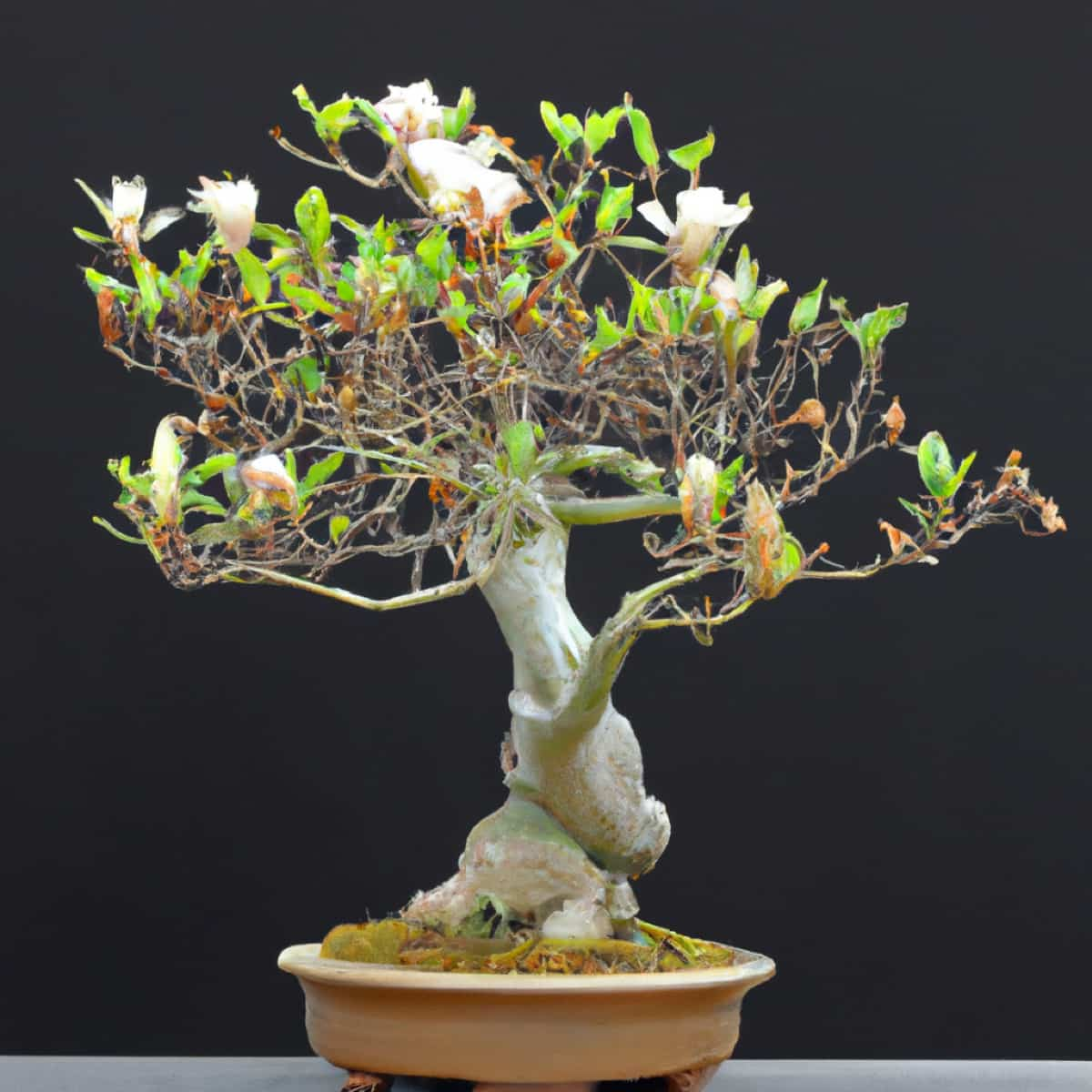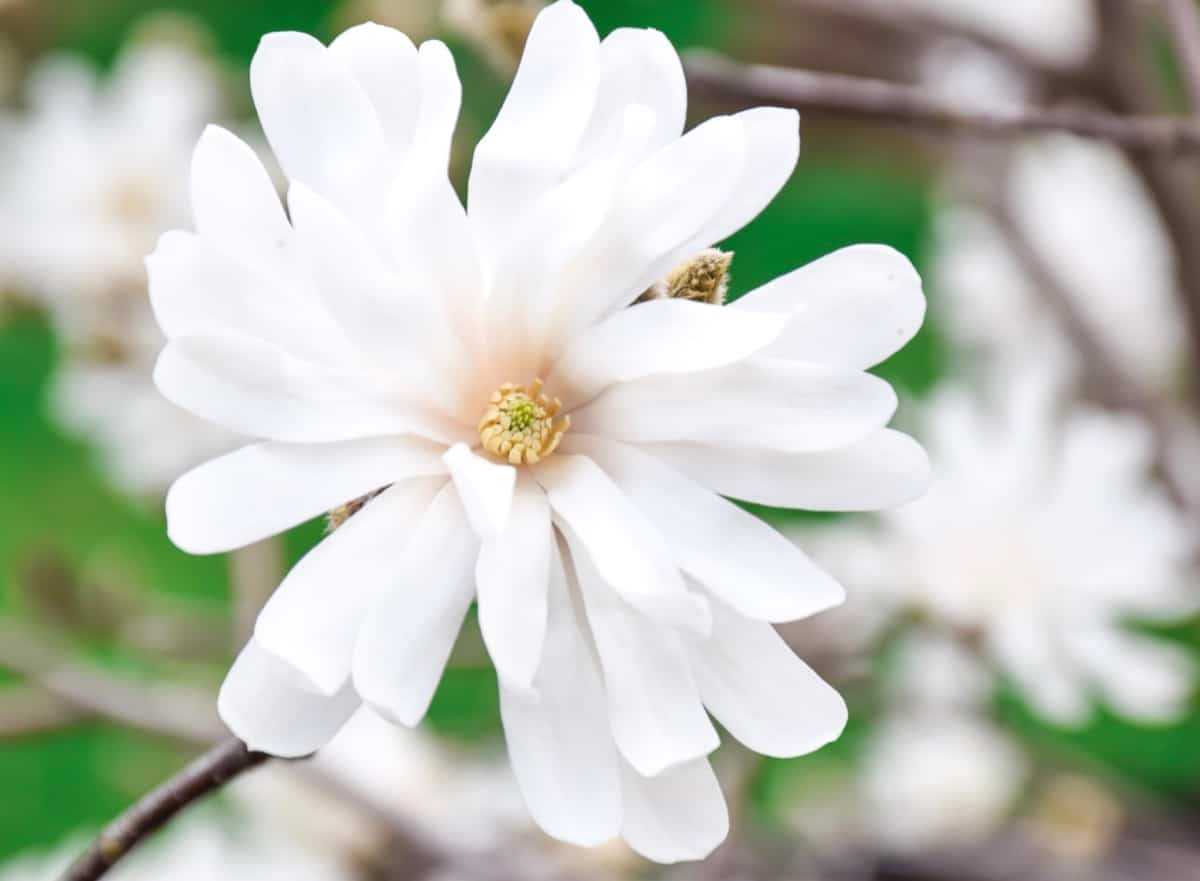Magnolia Bonsai, often recognized for its unique, lush flowers and impressive, glossy leaves, is a captivating addition to any bonsai collection. Cultivating a bonsai, particularly a Southern Magnolia bonsai, is not merely gardening but an artistic endeavor. This artistic endeavor requires patience, effort, and knowledge, leading to a rewarding journey filled with learning, growth, and appreciation for nature. This article aims to provide an in-depth guide on growing and caring for a Magnolia Bonsai, from planting to pruning and everything in between.

How to Grow and Care for Magnolia Bonsai
How to Plant a Magnolia Bonsai Tree
Embarking on your Magnolia Bonsai journey begins with the right planting techniques. Firstly, select a suitable magnolia variety for bonsai cultivation. The Southern Magnolia is a highly popular choice due to its striking white flowers and adaptability to different environments. Start by obtaining a pre-bonsai tree from a nursery or growing your own from seeds or cuttings. This young tree is your starting point, offering a blank canvas for shaping your future bonsai.
To plant, prepare a bonsai pot with drainage holes. Place a layer of coarse-grained soil in the bottom, then position the tree. Once the tree is secured, fill the rest of the pot with a quality bonsai soil mix. The young magnolia bonsai should be planted slightly off-center for a more natural and appealing look. After planting, water thoroughly to ensure the tree settles well in the new pot.
Tips for Growing Magnolia Bonsai
The successful growth of a Magnolia Bonsai is driven by the ability to recreate the tree’s natural conditions. Magnolia trees are native to warm regions and thus prefer well-lit, warm conditions. Adequate sunlight is necessary for the tree to photosynthesize and grow. The tree should receive direct morning sunlight but be protected from the harsh afternoon sun, which can scorch the leaves.
Magnolias also love water, but remember, overwatering can cause root rot. The best practice is to keep the soil slightly moist, not waterlogged. A high-quality soil mix will provide the correct water retention and drainage balance. Additionally, regular feeding is critical to provide the nutrients necessary for the growth and development of the Magnolia Bonsai. A balanced bonsai fertilizer applied during the growing season will keep your tree healthy.
Caring for Magnolia Bonsai: a Comprehensive Guide
The care of a Magnolia Bonsai involves a combination of the right lighting, watering, feeding, and protection from pests and diseases. This care guide will provide the necessary steps to preserve your tree’s health and ensure it thrives. Lighting is paramount in the care of a Magnolia Bonsai. The tree should be positioned in a well-lit area with exposure to direct morning sunlight and indirect light during the afternoon.
Watering should be done regularly but carefully. The soil should be kept moist, but overwatering should be avoided as it can cause root rot. Fertilization should occur during the growing season with a balanced bonsai fertilizer. Protection from pests and diseases is also crucial. Regular tree inspection can help identify any signs of pests or diseases early. In case of any abnormality, appropriate measures should be taken immediately. These may involve using organic insecticides or fungicides and removing affected areas to prevent further spread.
Step-by-step Guide to Growing Magnolia Bonsai From Seeds
Growing a Magnolia Bonsai from seeds is an enjoyable and rewarding endeavor. Start by obtaining fresh Magnolia seeds. Soak seeds in warm water for 24 hours to make the seed coat soft and encourage sprouting. Prepare a seed tray or pot with a good-quality seed starting mix. Sow the seeds in the tray, lightly covering them with soil.
Place the tray in a well-lit, warm area and keep the soil slightly moist. Germination can take a few weeks to a few months, depending on the seed’s freshness and the conditions provided. Once the seedlings have sprouted and grown a couple of sets of leaves, they can be carefully transplanted into individual pots.
In case you missed it: How to Treat Yellow Leaves on Your Magnolia Tree: 8 Reasons and Solutions

Pruning Techniques for Maintaining a Healthy Magnolia Bonsai
Pruning is an essential aspect of bonsai cultivation. It helps maintain the desired shape, promotes healthy growth, and improves the tree’s overall appearance. There are two types of pruning: maintenance pruning and structural pruning.
Maintenance pruning involves regularly trimming back new growth to maintain the desired shape. This should be done during the growing season. On the other hand, structural pruning involves making significant cuts to alter the tree’s overall shape and structure. Do it during late winter or early spring when the tree is not actively growing.
Watering Requirements for Magnolia Bonsai Trees
Watering is a critical aspect of Magnolia Bonsai care. Magnolias prefer a moist soil environment, so regular watering is necessary. However, overwatering should be avoided as it can lead to root rot. Check the soil moisture levels regularly. If the top layer of soil feels dry to the touch, it is time to water. Thoroughly water the tree until water drains out from the bottom of the pot. It is essential to ensure the water penetrates deep into the root system.
Choosing the Right Soil Mix for Your Magnolia Bonsai
Choosing the right soil mix for your Magnolia Bonsai is fundamental for its health and development. The soil mix needs to provide the right balance of water retention, drainage, and aeration. A good-quality bonsai soil mix, often a combination of akadama, pumice, and organic potting compost, is usually recommended. Akadama retains water and nutrients while providing good drainage and aeration. Pumice aids in water retention and root development, while organic compost provides nutrients.
Protecting Your Magnolia Bonsai From Pests and Diseases
Protecting your Magnolia Bonsai from pests and diseases involves regular inspection and immediate intervention when signs of infestation or disease are noticed. Pests like aphids, scale insects, and mealybugs can affect the health of the Magnolia Bonsai. In case of an infestation, the use of organic insecticides is recommended. Diseases like fungal and bacterial infections can also affect the Magnolia Bonsai. They can be prevented by ensuring good airflow around the tree, maintaining the right watering practices, and using organic fungicides when necessary.
Understanding the Ideal Lighting Conditions for Magnolia Bonsai
Lighting is crucial for the Magnolia Bonsai’s growth and development. These trees are native to warm regions and thrive in well-lit conditions. The tree should be positioned where it can receive direct morning sunlight. The afternoon sun can be too harsh, so providing indirect light during this time is recommended. However, during the winter months, when sunlight is less intense, the tree can benefit from full-day exposure.
Winter Care Tips for Preserving the Health of Your Magnolia Bonsai
Winter care for Magnolia Bonsai involves protecting it from extreme cold and ensuring it receives enough light. If you live in a region with harsh winters, moving your Magnolia Bonsai indoors during the coldest months is best. Position the tree by a south-facing window for abundant sunlight. Regular watering is still required, but the frequency should be reduced as the tree’s metabolic activities slow down during winter.
In case you missed it: How to Grow Magnolia Tree from Cuttings and Seed: Planting and Care Instructions

Conclusion
Understanding and implementing these practices will assist you in successfully growing and caring for a Magnolia Bonsai. It’s a continuous learning journey where patience, observation, and nurturing bring you closer to nature and provide a unique sense of fulfillment and satisfaction. Enjoy the process and cherish the rewarding experience of cultivating your own Southern Magnolia Bonsai.
- Ultimate Guide to Ossabaw Island Hog: Breeding, Raising, Diet, and Care
- Ultimate Guide to Juliana Pig: Raising Facts, Size, Diet, Care, and Lifespan
- Raising Lleyn Sheep: Disadvantages, Price, Uses, Characteristics, and Care
- Ultimate Guide to Meishan Pig: Breed Facts, Breeding, Raising, and Care
- Ultimate Guide to Teacup Pigs: Raising, Diet, Lifespan, Cost, and Care
- Guide to Raising Poll Dorset Sheep: Facts, Profile, Characteristics, Uses, and Care
- Ultimate Guide to Bighorn Sheep: Characteristics, Diet, Lifespan, Breeding, and Lifecycle
- Ultimate Guide to Raising Katahdin Sheep: Farming Facts, Breed Profile, Uses, and Care
- Ultimate Guide to Raising Oreo Cows: Belted Galloways Farming Facts, Profile, Uses, and Care